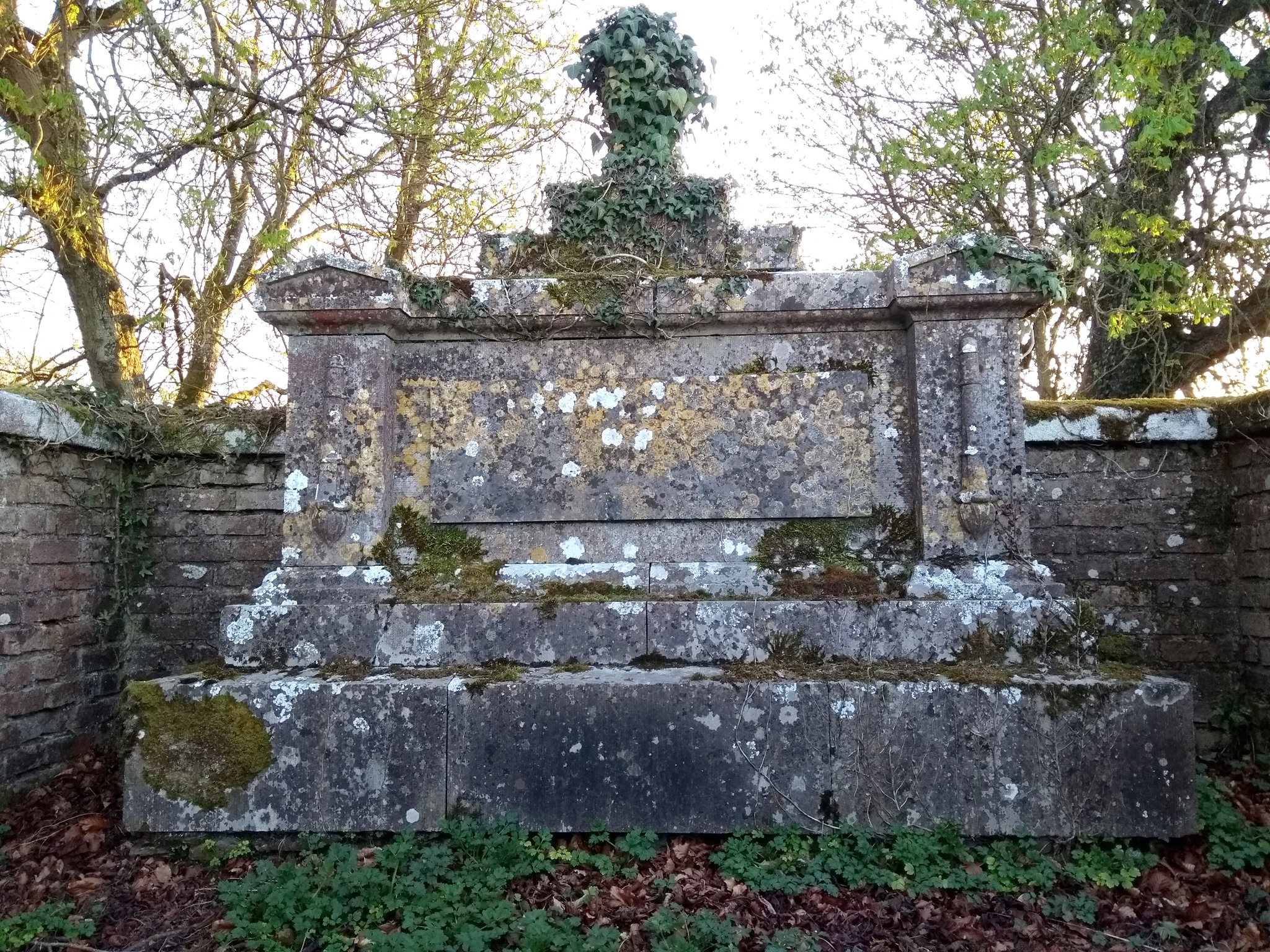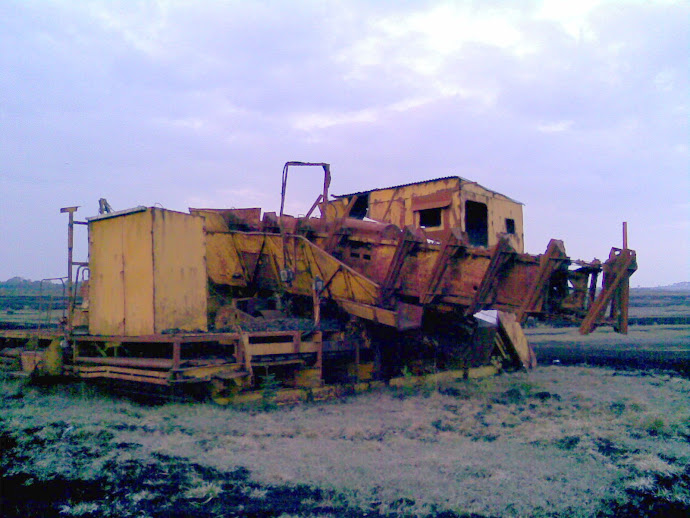 |
| Michael Browne from the EPA makes some calibration adjustments at the hydrometric station on the Mill Stream, Kilcullen, Co. Kildare. © Eugene Brennan |
You may remember my article earlier in the year about the hydrometric station located at the bridge over the Mill Stream on the mass path. This is one of over 1000 active hydrometric stations around the country that collect flow and surface level data as part of the EPA's Hydrometric Programme. These stations monitor both surface water (e.g. rivers) and groundwater (e.g. springs). The Mill Stream station, named "Nicholastown (Kilcullen Stream)" on the EPA's Hydronet website was commissioned in October 1999, but only started recording digitally in 2009. Recordings from these stations would have either been taken manually in previous decades or using a mechanical recording system consisting of a drum chart recorder, driven by a weight, similar to the one in a grandfather clock. This recorder would have been located inside the stilling chamber (the vertical pipe at the side of the bridge) if used, although it's more likely that a digital data logger was used from when recordings began in 2009.
The concrete weir located under the bridge causes a backup of water behind it. Water level increases with increased flow. By measuring the height of water using a piezoelectric depth sensor (ultrasonic transducers are also sometimes used) and using an equation or curve-fitting technique specific to the shape of the weir, flow rate can be determined from water height. Flow rate can't be measured accurately from water speed (More information on this in the previous article). Measurements are taken every 15 minutes and telemetry data is transmitted every four hours via a GSM modem back to a central station. Although instrumentation can be powered by a solar panel or a small windmill, this station is powered by a battery. So to conserve battery power, a compromise has to be made on measurement interval, and on time needs to be minimised: the instrumentation just wakes up for a couple of seconds, takes a reading and then goes back to sleep again.
 |
| Stilling chamber containing a depth sensor for measuring water level at the Mill Stream hydrometric station, Kilcullen. Co. Kildare. © Eugene Brennan |
I happened on Michael Browne from the EPA this morning on a walk through the fields to New Abbey graveyard. I was immediately curious, having worked for a company that had designed, manufactured and installed data logging equipment for local authority sewage and water treatment plants. I got chatting with Michael and discovered he was calibrating the weir. This is done every 10 weeks or so to make sure readings are correct on an ongoing basis. Vegetation can build up on the weir, causing errors in measurement and so it has to be cleaned. Calibrating the weir involves taking actual flow measurements using a portable flow meter and making corresponding readings for the height of water. Necessary adjustments are then made in the instrumentation firmware (embedded software) to the equation that converts height to flow.
I could have talked shop to Michael all day, but I didn't want to take him away too long from his work. Anyway the cattle had become curious and had come from both fields to investigate, so the place was getting overly crowded and it was time to move on...
 |
| An antenna is mounted on top of the stilling chamber for sending data back to a monitoring station. © Eugene Brennan |
 |
| Archer 2, handheld computer used for calibrating the system. © Eugene Brennan |






























